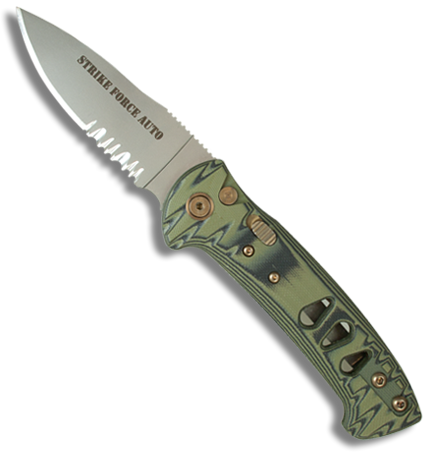Alaskan Ulu Knives Fundamentals Explained
Wiki Article
The Single Strategy To Use For Bmerry Studio Ulu Knives
Table of ContentsThe Single Strategy To Use For Bmerry StudioThe Ultimate Guide To Alaskan Ulu KnivesThe Ultimate Guide To Bmerry StudioExcitement About Bmerry Studio Ulu Knives
I will certainly presume that the size and also angles will certainly be playing to the staminas of each of the grinds. Think of just how a cave curves in, or assume "con-cavity".
A full hollow grind goes from the edge all the means approximately the back. The Black Widow Caper pictured above is almost a complete hollow grind; you can see that a little bit of the stock on the spine is still left unground. The hollow grind is popular for both production and handmade knives.
Changing wheel size can be expensive for producers as well as handmade makers alike, which may restrict hollow ground designs to particular dimensions, or sustain added prices to make a certain style. The hollow grind is typically done on a slim blade, and afterwards ground to have a thin side. As I discussed in my short article on Blade Edges, thinner sides are a little weaker yet they additionally cut much better than thicker edges.
The Only Guide to Bmerry Studio
If you incorporate a hollow grind, a thin side, and a great deep stubborn belly, it will be one of the finest cutting blades you have actually ever before had. One benefit of the hollow grind is that the blade does not enhance in density as significantly as other grinds do. This indicates that as you hone the side, it will certainly continue to be virtually as thin as when you first got your knife.The hollow grind does have a negative aspect of course. Because there is less material supporting the edge, it can chip or roll over with difficult use which make hollow grinds undesirable in big style knives like machetes. If you need your blade to be a supreme slicer, the hollow grind will certainly perform very well.
Hollow grinds prevail on hunting and skinning blades therefore. One more blade that uses the hollow work is the straight razor. The exceptionally slim edge you can achieve with a hollow work enables simple push reducing with the straight razor.: Amazing slicing ability, very easy to hone, simpler to produce (can be subjective).
: The side can be delicate compared to various other grinds. No chopping. Grinding wheel prices may restrict blade style. The full level grind is as it sounds - the work copulates below the Check This Out spine to the side bevel in a flat, linear incline. The flat work is one click for source of one of the most versatile grinds.
Fascination About Alaskan Ulu Knives
Or it can be a balance between the two. Many flat grinds are a balance between the 2, though it will certainly rely on the style. The full flat grind is thickest at the spinal column for stamina, however tapers down into a relatively slim edge for exceptional cutting. Extra steel is gotten rid of from the sides, permitting less complicated cutting as well as allowing the blade to relocate via mediums much easier.The flat work's main bevel slopes linearly and also slowly. This allows the complete flat work to pass with materials with even more simplicity than other grinds that slope non-linearly (hollow), or at steeper angles (sabre). This is why the bulk of cooking area blades are level ground - so they can go through food easily without much resistance.
If a person states "sabre hollow ground" you recognize the blade has a hollow grind that begins partway down the blade. The shift line between the main bevel and the unground part of the link blade is referred to as the Sabre Line. The sabre grind is used when the maker desires a more powerful blade.
The chisel grind is not ground on one side at all. It is totally level on one side, as well as has the key bevel only on one side. BMerry Studio. The sculpt work might or might not have an additional side bevel. The knife imagined above, and the account diagram photo to the left, are both sabre chisel grinds.
Some Ideas on Bmerry Studio Ulu Knives You Should Know
A full carve work would have the bevel copulate up to the back (Alaskan Ulu Knives). The chisel work is simple to make, as you just have to grind one side, and you don't have to make the grind symmetrical with the opposite. The carve work is additionally easy to sharpen for the very same reason - there's only one side to hone (and afterwards strop off the burr).
The low sabre grind produces an obtuse main bevel angle, integrated with a carve work, creates a very thick and durable edge.: Exceptional stamina, great slicing (depending upon angle), simple to hone, can have fantastic cutting ability (again - angle).: Sometimes discovered in choppers such as machetes or various other bushcraft knives.
Report this wiki page